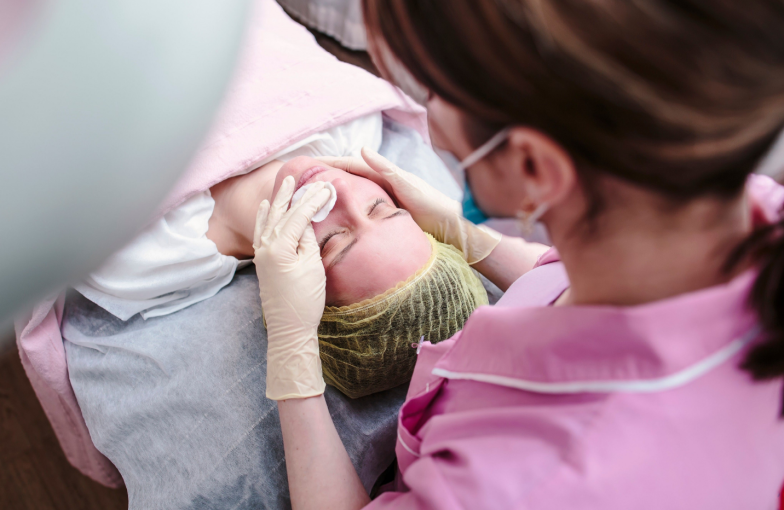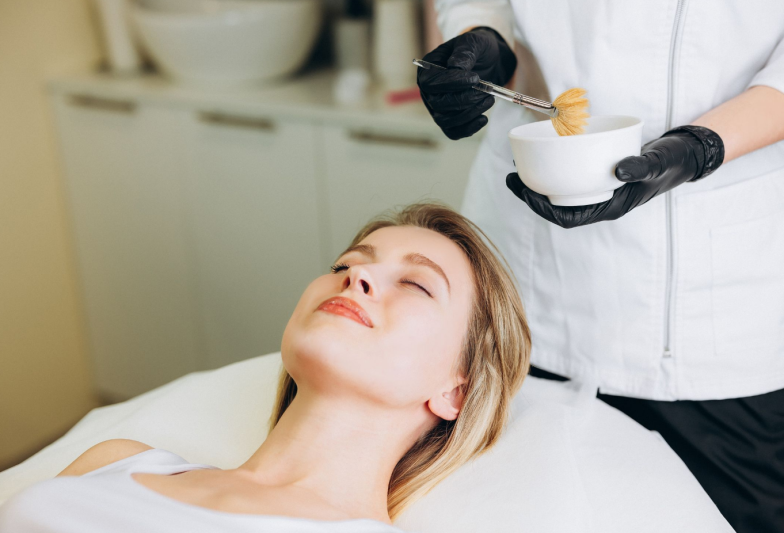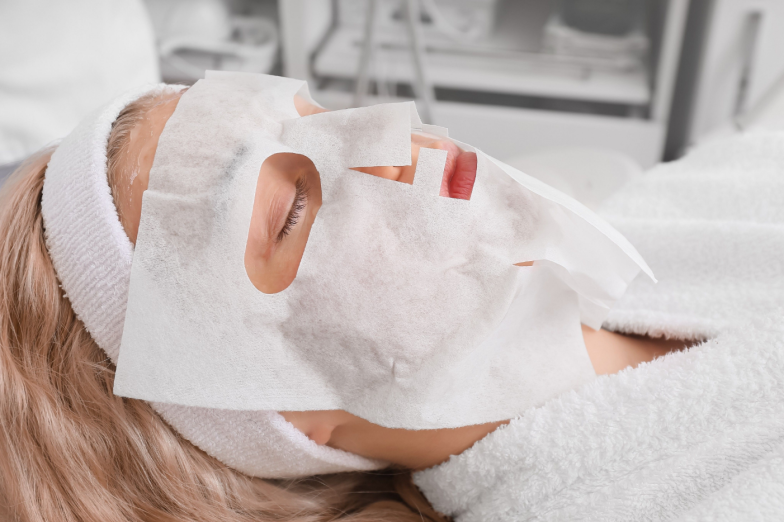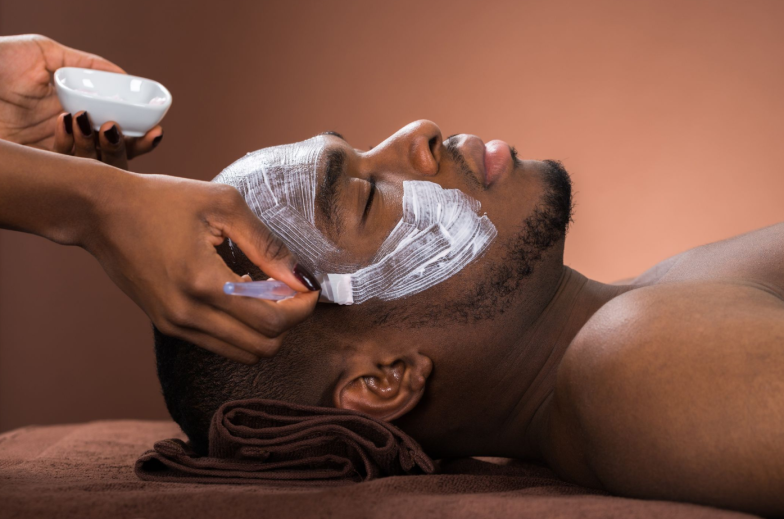
Reveal Radiant Skin with Chemical Peels
Discover the benefits of chemical peels and see the amazing before and after results.
If you are looking for a skin treatment that can improve the appearance and texture of your skin, you may want to consider getting a chemical peel.
Chemical peels are a popular cosmetic procedure that can help address a range of skin concerns, from wrinkles and fine lines to acne and hyperpigmentation.
In this article, we'll provide an overview of chemical peels and discuss what clients can expect from the process.
We'll also explain the different types of chemical peels available, and discuss the benefits and results of this treatment.
What is Chemical Peel?
A chemical peel involves using a chemical solution that removes dead skin cells and stimulates the growth of new cells. The solution used in a chemical peel can be made up of different types of acids, including alpha hydroxy acids (AHAs), beta hydroxy acids (BHAs), and trichloroacetic acid (TCA).

Chemical peels can address various skin concerns, including fine lines and wrinkles, acne and acne scars, hyperpigmentation, sun damage, and uneven skin tone and texture. This treatment can also help improve pores' appearance and reduce breakouts' frequency and severity.
One of the benefits of a chemical peel is that it can be customized to suit each client's specific needs and goals. A professional esthetician or dermatologist can help determine the best chemical peel type for each client based on their skin type, concerns, and desired results.
Types of Chemical Peels
Various strengths and formulations exist for different types of chemical peels. Some commonly encountered examples include:
Superficial Peel
A superficial peel, a light peel, or a lunchtime peel is the mildest chemical peel available. This peel uses a low acid concentration to treat mild skin concerns like dryness, uneven skin tone, and light sun damage.

Medium Peel
A medium peel uses a higher acid concentration to treat more severe skin concerns, such as deeper wrinkles, acne scars, and moderate sun damage. This type of peel may cause more significant peeling and flaking of the skin, and clients may consider taking a few days off work or social activities to allow their skin to heal.
Deep Peel
A deep peel is the most potent chemical to address severe skin concerns, such as deep wrinkles, extensive sun damage, and significant scarring. This type of peel uses a high concentration of acid and requires a longer recovery time, as clients may experience effective peeling and redness of the skin.
Before and After Chemical Peel
Clients should take several steps before getting a chemical peel to prepare their skin for the treatment. This may include avoiding certain skincare products, such as retinoids and exfoliants, for several days before the peel. Clients should also avoid direct sun exposure and wear sunscreen regularly to protect their skin.

After the peel, clients can expect to experience some redness and peeling of the skin. This is part of the healing process and usually lasts several days to a week, depending on the type of peel. Clients should follow their esthetician or dermatologist's instructions for post-treatment care, which may include using gentle skincare products and avoiding direct sun exposure.
Chemical Peel Results
Clients can expect various benefits from a chemical peel, depending on their skin concerns and the type of peel they receive. Some of the most common uses of a chemical peel include:
Improved Skin Texture
Chemical peels enhance skin texture by eliminating dead cells and stimulating new cell production. This can lead to smoother, softer, and more radiant-looking skin.

Diminished presence of fine lines and wrinkles.
Chemical peels reduce fine lines and wrinkles by boosting collagen production and enhancing skin elasticity, leading to a more youthful complexion.
Reduced Appearance of Acne and Acne Scars
By exfoliating the skin and clearing clogged pores, chemical peels assist in reducing acne and acne scars. This process also contributes to preventing future breakouts and enhancing overall skin clarity.
Reduced Hyperpigmentation
Chemical peels aid in diminishing hyperpigmentation concerns, like sun spots and melasma, by eliminating the outer layer of skin cells and unveiling a fresher, more evenly-toned complexion.
Clients may see immediate results after a chemical peel, such as a brighter complexion and smoother skin texture. However, it's important to note that the full benefits of a chemical peel may take several weeks to manifest as the skin regenerates and heal fully.

For optimal results, clients may need to undergo a series of chemical peels over several months, depending on their skin concerns and the type of peel they receive. A professional esthetician or dermatologist can help determine the best treatment plan for each client based on their needs and goals.
If you desire a skin treatment that can enhance your skin's appearance and texture, consider a chemical peel. This versatile treatment effectively addresses multiple skin concerns, including wrinkles, fine lines, acne, and hyperpigmentation.
However, it's essential to prioritize safety when considering a chemical peel. Clients should seek out a licensed professional with experience in performing chemical peels, such as those available on MOBILESTYLES, to ensure the best possible results and minimize the risk of complications.
In summary, a chemical peel can be an effective way to achieve smoother, more radiant-looking skin. By understanding the process, types, and benefits of chemical peels, clients can make informed decisions about their skincare regimen and achieve their desired results.






